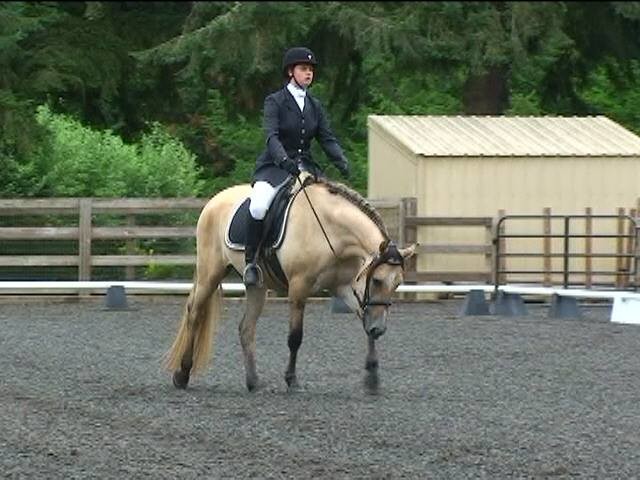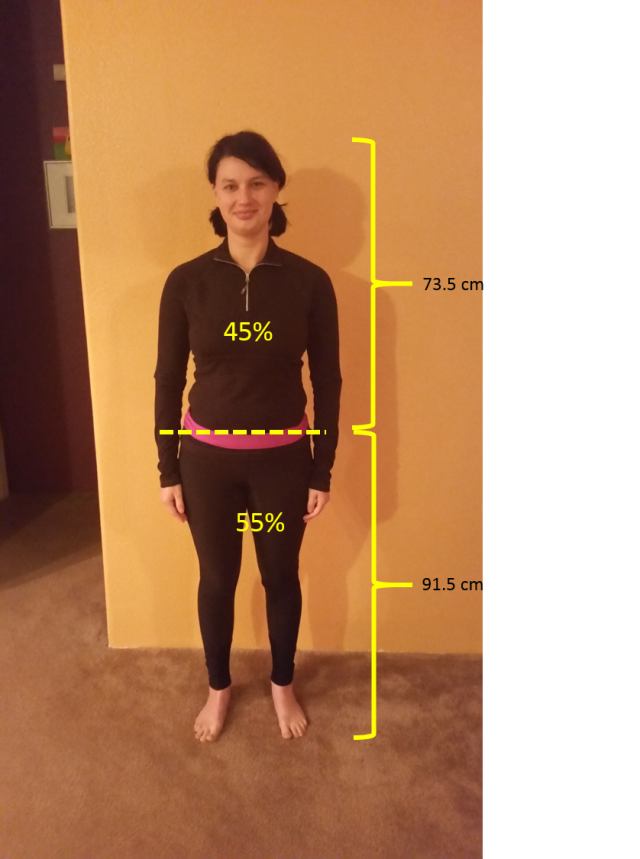#BACK TO BASICS
Back to Basics: Walk This Way
Biz deconstructs the components of a dressage test for us in her Back to Basics series. Today, we’re looking at the walk.
The walk is one of those things to which one could dedicate an entire book, but since I lack the mental fortitude to complete such an ambitious project (just ask my husband how my “novel” is coming) and the internet has programmed us all to have TL;DR syndrome, I’m going to address two components that will help set the foundation for a quality walk.
Rhythm
The first major component of the walk is its rhythm. Each gait has its own unique rhythm which differentiates one gait from the next. If your horse changes rhythm, he is in fact changing gaits. While your horse’s tempo (speed of footfalls) can change within a gait, his rhythm cannot.
With that said, the walk is the gait most prone to rhythm irregularities, so what’s generally happening there is that the horse is inserting little steps of trot into the walk which alters the rhythm. This is caused by tension of some form, and because dressage should always be ridden with a relaxed horse, rhythm irregularities are often a dead giveaway when the horse is not relaxed.
So in order to recognize when the rhythm is irregular, we need familiarize ourselves with the correct walk rhythm in the first place. To help you with that, I’m going to give you a bit of a music lesson.
So here we have the humble quarter note, which is equal to one beat, and for the purpose of understanding the walk rhythm, we’re going to say that it also equals one stride. Below is a short clip of Helix walking, and what I’d like you to do is tap your hand on your thigh every time his right front leg touches down. There is your quarter note/stride.
Okay — I know I said my pony wasn’t fancy, but he has one heck of a walk!
Below we have a sixteenth note (noted by the two tails). It takes four sixteenth note to equal one quarter note. In our analogy, the sixteenth note is equal to one footfall, and it takes four evenly-spaced footfalls to create one stride.
So let’s go ahead and count along with Helix’s walk including each footfall, again, beginning with the right front leg. ONE, two, three, four, TWO, two, three, four, THREE, two, three, four… etc. That rhythm needs to stay constant at the walk, otherwise you are not really walking. In order to get a good feeling for this, walk your horse on a hard surface like the cement aisle at the barn and really listen to what that sounds like.
The balancing gesture
At the walk, the horse’s head bobs along in what is called a balancing gesture. You can see it a bit my clip above, but I have also attempted to make an animation demonstrating it below. (Don’t worry, I won’t be quitting my day job to join the Pixar crew at any time in the near future.)
So your horse’s head moves at the walk. It is one of the defining characteristics of the walk, but all too often it gets blocked by unyielding hands. When riding the walk correctly, it is important to move your hands WITH your horse’s balancing gesture. Doing otherwise might cause him to stop, or move up into a gait with no balancing gesture, like the trot, causing rhythm irregularities. (See what I did there?! I think that’s called a callback.)
Go riding!
Biz is the author of Horse Nation’s “Back to Basics” series, which follow the journey of a “somewhat ordinary” horse and rider pair as they strive for greatness. Catch up on her past columns by clicking the #BACK TO BASICS at the top of the page.
Biz Stamm is a part-time seed scientist and full-time trainer/riding instructor specializing in starting young horses for sport horse disciplines. She brings the analytical mind she developed while working in a lab to her riding and teaching, emphasizing a thorough understanding of how the horse’s body works. She currently owns two horses: the Kalvin Cycle (Kalvin), a 9-year-old half-Arabian gelding, and DB’s Alpha Helix (Helix), a 4-year-old Kiger mustang gelding. While she is currently pursuing competitive goals, her main goal is to enjoy her horses, and for her horses to enjoy her.
Back to Basics: The Elusive 20-Meter Circle
Such a simple shape in theory, but in practice…
Back to Basics: Center Line FUNdamentals
Biz Stamm’s weekly “Back to Basics” column is back! Today, she’s kicking off her series on dressage fundamentals with some tips for rocking that center line.
First impressions mean a lot. When you ride down that first center line, you frequently set the tone for your entire test for both the judge, and yourself, so today we’re going to talk about three fundamental skills that will not only help you rock your center lines, but help you be a better partner to your horse as well.
Trust
It doesn’t matter how straight your center line is, or how square your halt is if you can’t get your horse near the judge’s booth. I’ve seen many “C – track left”‘s turn into “between X and G – bolt left”‘s. While you can never fully predict how a horse will react in its first time experiencing something new and different, a little bit of work on building trust can help make the process much less stressful for everyone involved. Helix’s favorite trust-building exercise centers around the “touch” command where I point at an object that he might be a little unsure about and give him the command “touch.” Upon successfully touching the “scary” object with his nose, he gets a cookie. We do this in hand as well as under saddle. The treat is not 100% necessary and can be replaced with a generous praising or petting for horses who get overly mouthy. The main objective is to demonstrate to the horse that you will never expose him or her to anything dangerous.

Here Helix demonstrates the “touch” command and learns that the plastic page protector is nothing to fear.
In addition to the “touch” command, hauling to new places, trail riding, and essentially providing positive experiences where they see new things will go a long way in creating a spook-free center line.
Forward Energy
The easiest way to ride a straight line is to create and then utilize forward energy. To demonstrate this I’d like you to do a bit of an experiment: go out to the wash stall and place the the hose on the ground. Now turn the hose on, but just barely, so the water pressure is very low. What does the stream look like? Probably a bit on the squiggly side, huh? Now turn the water pressure up, and voila! We have a straight stream.
Your horse is very similar to the stream of water, but instead of turning a valve to create water pressure, you use your seat and leg to create forward energy. Crookedness averted! Your can practice using forward energy to generate straightness by riding straight lines off the rail. Quarter lines and long diagonals are great for testing straightness.
Preparation
In a training level test, the center line is where the most abrupt changes in the horse’s way of going take place. You go from trot to halt, halt to trot, and from a straight line to a square turn all over the course of 40 (or 60) meters. All too often we get to X and then think “Oh crap! I need to halt!” Or we get to C and think “Ahh!!! Must turn!” With how responsive and forgiving horses can be, it’s easy to forget that their brains need a moment to process our request before they can actually do the thing we them to do! So a few strides before X, take a second to let your horse know that something is about to change. Ask for bend well before you get to C so your horse is ready to make a balanced turn when you get to C.
So there you have it. Instead of practicing center lines until you’re blue in the face, work on building trust, utilizing forward energy to generate straightness, and get in the mindset of prepare, then do. You’ll be looking fine on center line in no time!
Go riding!
Biz is the author of Horse Nation’s “Back to Basics” series, which follow the journey of a “somewhat ordinary” horse and rider pair as they strive for greatness. Catch up on her past columns by clicking the #BACK TO BASICS at the top of the page.
Biz Stamm is a part-time seed scientist and full-time trainer/riding instructor specializing in starting young horses for sport horse disciplines. She brings the analytical mind she developed while working in a lab to her riding and teaching, emphasizing a thorough understanding of how the horse’s body works. She currently owns two horses: the Kalvin Cycle (Kalvin), a 9-year-old half-Arabian gelding, and DB’s Alpha Helix (Helix), a 4-year-old Kiger mustang gelding. While she is currently pursuing competitive goals, her main goal is to enjoy her horses, and for her horses to enjoy her.























